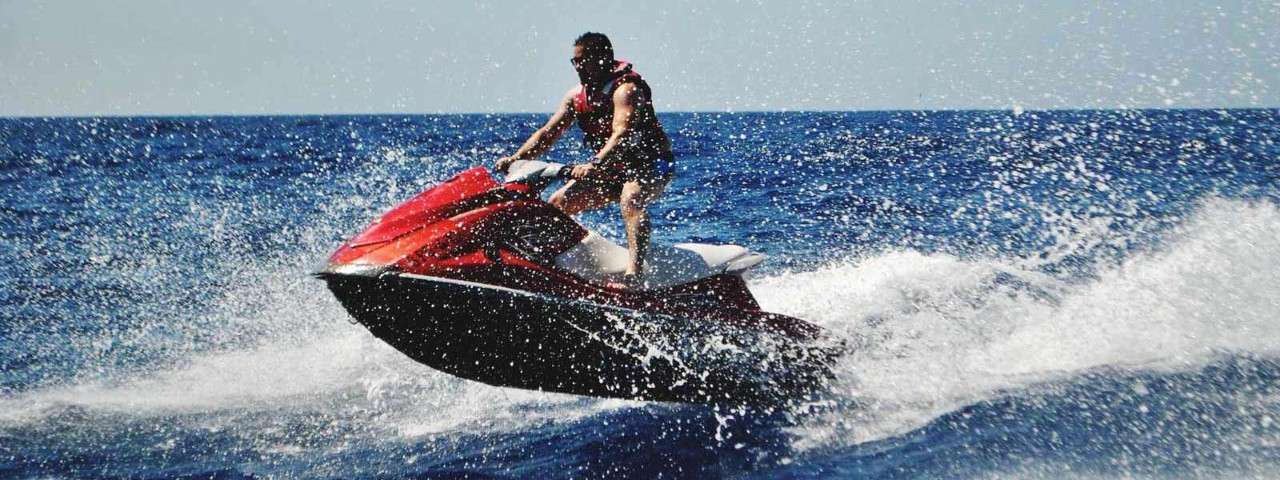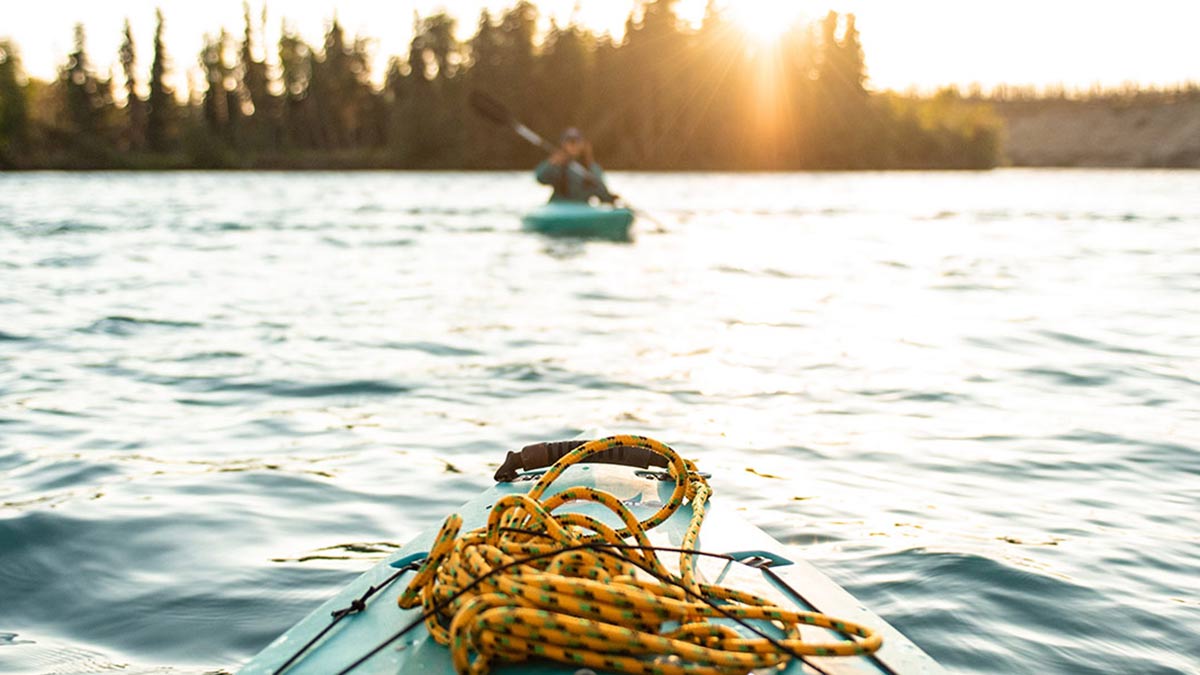When cruising the high seas, choosing suitable travel insurance can provide added peace of mind and the coverage you need.
Kayaking and boating water safety tips and measures

Whether you’re sailing, jetskiing or kayaking, knowing these basic safety tips could help prevent tragedy.
After many long months out of the water in 2020, Victorians are flocking back to our bays and waterways in a flotilla of yachts, dinghies, kayaks and all manner of other watercraft. But whether or not you agree with Ratty from Wind in the Willows that there is “absolutely nothing half so much worth doing as simply messing about in boats”, safety experts warn that many boating enthusiasts are out of practice and may have forgotten simple safety measures to protect them from harm.
That’s why Transport Safety Victoria has launched a safety campaign: “Prepare to survive: Know the five”, urging people to take five steps before going out on the water. TSV is also holding FloatSafe lifejacket clinics across the state to ensure you know the right gear to keep your head above water when you most need it.
Five things you must do to keep safe on the water



